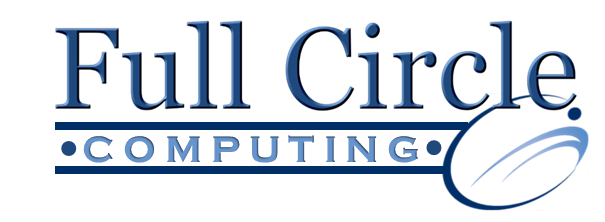In all of the Microsoft Office products, Drawing Objects allow for the addition of graphics in the form of simple, basic shapes such as lines, arrows, rectangles, ellipses and even text boxes. These shapes can overlap on each other, much like a felt board allows various pieces of felt to lay on top of each other. Using basic shapes, the artist in you can create masterpieces to add to your projects! For example, using rectangles and circles, even you can make an amazing truck graphic.
Arranging refers to the placement of objects, front to back. The Office applications automatically arrange objects as you draw them and place each object on a unique graphic layer. You can arrange an unlimited number of objects.
Drawing Objects are arranged in the order in which they were created. As a result, the first object drawn is at the back of the stack and the last object drawn is at the front. For example, if you draw an oval to represent an eye and then draw a circle to represent the eye’s pupil in the same location, the pupil appears in front of the eye.
You can change the order of stacked objects so that a selected object moves in front of or behind other objects. The Bring to Front and Send to Back buttons move a selected object to the front or back of the entire stack. The Bring Forward and Send Backward options move a selected object forward or backward, one layer at a time.
At times, an object may be completely hidden in the stack which makes it impossible to select. You can locate the desired object by selecting the top object, and then pressing the [Tab] key or the [Shift+Tab] key combination to move through the objects in the stack one at a time.
Full Circle Computing offers a wide selection of training courses in the Microsoft Office Suite …
